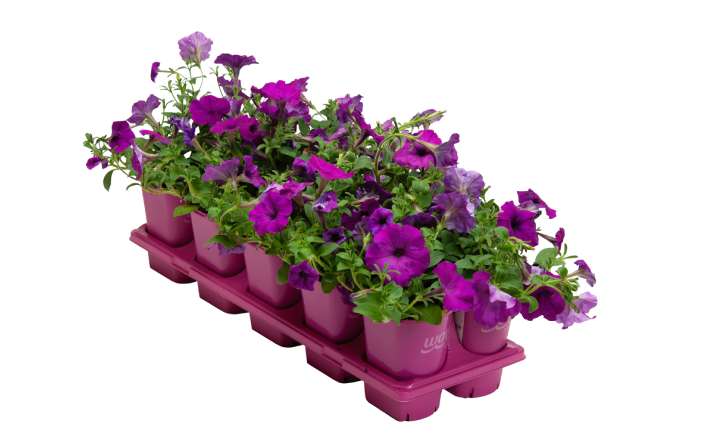Regina Coronado’s Perennial Playbook

Success in plant production or growing good, quality plants is greatly related to production methods and growing strategies. All plants have different requirements. Some require higher rates of fertilizer; others require more calcium, more boron, additional iron, more trace elements or regular Epson salts applications. Soil and water analysis are a key factor to determine the appropriate feeding regime.
Some plants are sensitive to certain pathogens more than others. Using a professional lab for disease diagnostics and building up the history of pathogens in a facility makes it easy to determine control strategies in a preventative manner. Always remember, preventative is easier than curative.
Chemical Controls
Pest control is easier to determine by season. Insect population varies with weather. When applying pesticides, it is very important to study the active ingredients and the modes of action. The chemistry of the pesticide will help structure a chemical rotation with different modes of action that will help reduce the risk of resistance and help create a pesticide program in an efficient way.
Another aspect to consider based on plant habit is height control. Growth regulators have to be applied at the right time and with the right rate. Growth regulators are variety specific. Treating plants more than necessary will lead to plants that might never perform in the landscape or will not look natural. Growing plants requires continued scouting, testing and decision making. Techniques and rates have to be adjusted on a constant basis.
Yet another factor to consider at all times is weather. Weather basically changes everything, from types of fertilizer used to rates and kinds of growth regulators used. Weather determines how much and when to irrigate, as well as the disease and insect pressures you experience.
Variety-Specific Planning
Having a protocol for each variety or genus of plants can be very time consuming, but there are some specific strategies and techniques that need to be followed in order to be successful.
It is important to keep track of dates like potting dates, pruning, top dressing (if needed), chemical applications and fertilization. When changing a procedure, make sure only one variable gets changed. Otherwise, whether the change works or doesn’t, it will be difficult to determine what worked or failed.
These days, it seems easier to test plants than it was many years ago. Take, for instance, Agdia test kits: They are reliable, easy to use and prompt. Sometimes, growers cannot afford to wait for results to return. A good example is the Agdia kit for Hosta Virus X. Virus X is specific to hostas and spreads by the use of infected tools only. Although it is not a “dangerous” virus, it can cause severe problems not only to plants but also to the operation. If Virus X is seen in stores by anybody, the word can spread to the Department of Agriculture, which definitely will lead to having an inspection at the facility. Testing the material as soon as it arrives will prevent further problems.
Handling Recommendations
At Stacy’s, we take samples from all shipments and all the varieties of hostas that arrive here. If we get 5 percent or more positives for each variety, the test will be repeated. Each bag that was opened to get a sample is marked. On the second test, more samples will be taken and if the result is more than 5 percent, the material will be returned to the vendor. It is wise to send some of the samples that tested positive to a professional lab to ensure the results.
It is very important to inspect plugs at the time of arrival. Some of the characteristics to evaluate are size, uniformity, root development, color, diseases and insects. Once the plugs pass a good inspection, a drench with the tank mix of your preference is recommended. Trying to avoid potting poor plugs can save any way growers look at it.
Remember, everything starts with a plug, a root or a cutting. If their condition is poor, the result will be a poor plant with low quality and very slim chances of selling at the stores.








